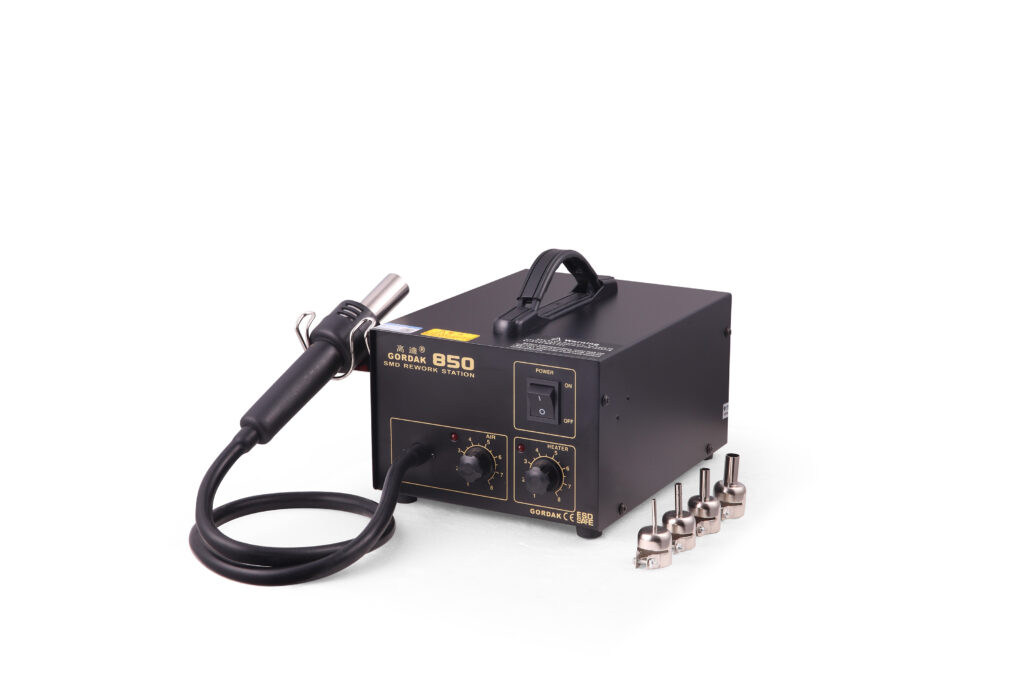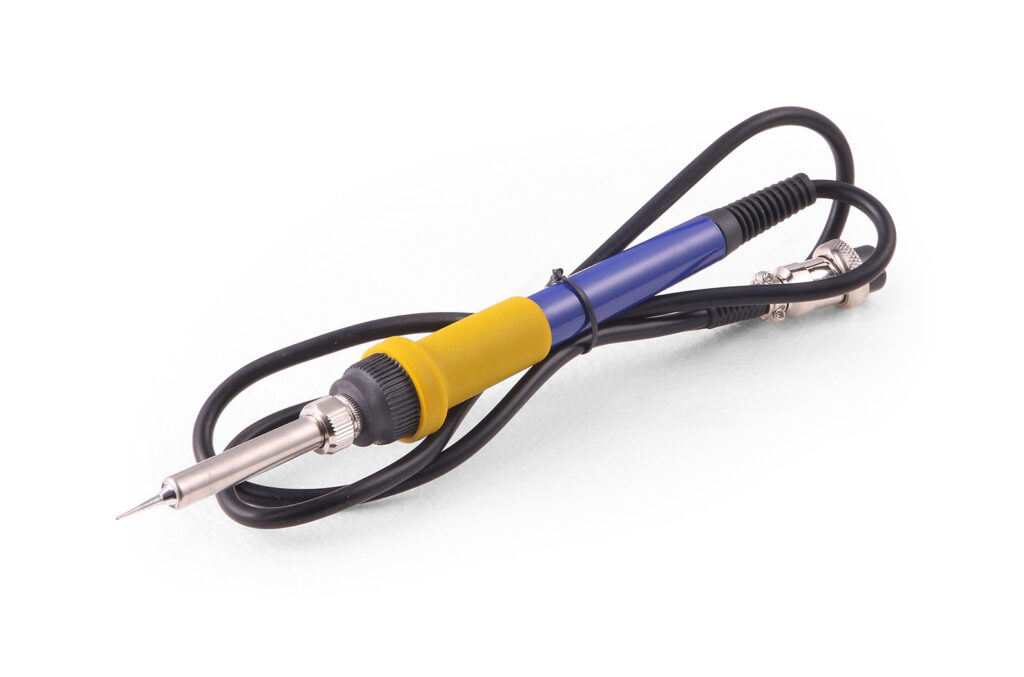Temperature control is a critical factor in precision soldering, impacting the quality, efficiency, and reliability of solder joints. Whether you are working on intricate electronics, delicate components, or large-scale projects, maintaining the right temperature is essential. Here’s a comprehensive look at the role of temperature control in precision soldering and why it’s so important.

Why Temperature Control Matters
- Quality of Solder Joints
- Proper Wetting: The right temperature ensures proper wetting of the solder, allowing it to flow and form a strong bond between the components and the PCB (Printed Circuit Board).
- Avoiding Cold Joints: Cold joints, which are weak and unreliable, occur when the temperature is too low. Proper temperature control helps prevent this issue.
- Preventing Overheating: Excessive heat can damage components and PCB traces. Precision temperature control helps avoid overheating, ensuring the integrity of the components.
- Efficiency and Speed
- Fast Heat-Up: A soldering iron with good temperature control heats up quickly to the desired temperature, reducing downtime and increasing productivity.
- Consistent Temperature: Maintaining a consistent temperature throughout the soldering process ensures uniformity and quality in all joints, making the work more efficient.
- Component Safety
- Sensitive Components: Many electronic components are sensitive to heat. Precise temperature control ensures that these components are not exposed to temperatures that could damage them.
- Thermal Shock Prevention: Gradual and controlled heating prevents thermal shock, which can crack or damage delicate components.
Features of Effective Temperature Control
- Adjustable Temperature Settings
- Range: A wide range of temperature settings allows for versatility in handling different soldering tasks, from delicate components to large joints.
- Precision: Fine-tuned temperature adjustments enable precise control, essential for high-quality soldering.
- Digital Displays
- Accuracy: Digital displays provide accurate temperature readings, ensuring that the soldering iron is at the exact temperature required for the task.
- Monitoring: Continuous monitoring of the temperature helps in making real-time adjustments, maintaining optimal conditions throughout the soldering process.
- Stability and Recovery
- Stable Temperature: A high-quality soldering station maintains a stable temperature even during prolonged use, ensuring consistent performance.
- Quick Recovery: Fast temperature recovery is crucial when soldering multiple joints in quick succession. It minimizes downtime and maintains efficiency.
Practical Tips for Temperature Control
- Set the Appropriate Temperature
- General Guidelines: For most soldering tasks, a temperature range of 300°C to 350°C is suitable. Adjust according to the specific requirements of the components and solder being used.
- Component Specifications: Always check the manufacturer’s specifications for the maximum safe temperature for components to avoid damage.
- Use the Right Solder and Flux
- Lead-Free Solder: Lead-free solder typically requires a higher temperature compared to leaded solder. Adjust your soldering iron accordingly.
- Flux: Using the right flux helps in achieving good wetting and reduces the required temperature.
- Preheat Components
- Preheating: For larger components or multilayer boards, preheating helps reduce the thermal stress and ensures even heating. This can be achieved using a preheating plate or an oven.
- Monitor and Adjust
- Regular Checks: Regularly monitor the temperature using the soldering station’s display or an external thermometer to ensure it remains within the desired range.
- Adjust as Needed: Be prepared to make real-time adjustments based on the behavior of the solder and the components. If the solder is not flowing well, increase the temperature slightly; if components are overheating, reduce it.
Advanced Temperature Control Technologies
- Thermocouple Sensors
- Accuracy: Thermocouples provide accurate and responsive temperature measurements, allowing for precise control.
- Real-Time Feedback: These sensors provide real-time feedback to the soldering station, enabling automatic adjustments to maintain the set temperature.
- Microcontroller-Based Control
- Precision Control: Microcontroller-based soldering stations offer high precision in temperature control, adjusting in real-time based on the feedback from sensors.
- Programmable Settings: These stations often allow for programmable temperature profiles, which can be tailored to specific soldering tasks or components.

Conclusion
Effective temperature control is fundamental to achieving high-quality solder joints and ensuring the longevity and reliability of electronic components. By using soldering tools with adjustable and precise temperature settings, monitoring the temperature consistently, and making necessary adjustments, you can significantly improve your soldering results. Investing in a high-quality soldering station with advanced temperature control features will enhance your productivity and the quality of your work.
For more information on Gordak’s range of precision soldering tools and temperature-controlled soldering stations, contact us at info@gordakelec.com.
Soldering Tips & Techniques
The Best Soldering Tips for Electronics and PCB Work
Choosing the Right Soldering Tip for Precision Work
Temperature Guidelines for Different Soldering Applications
What Are Categories of Soldering Iron Tips



